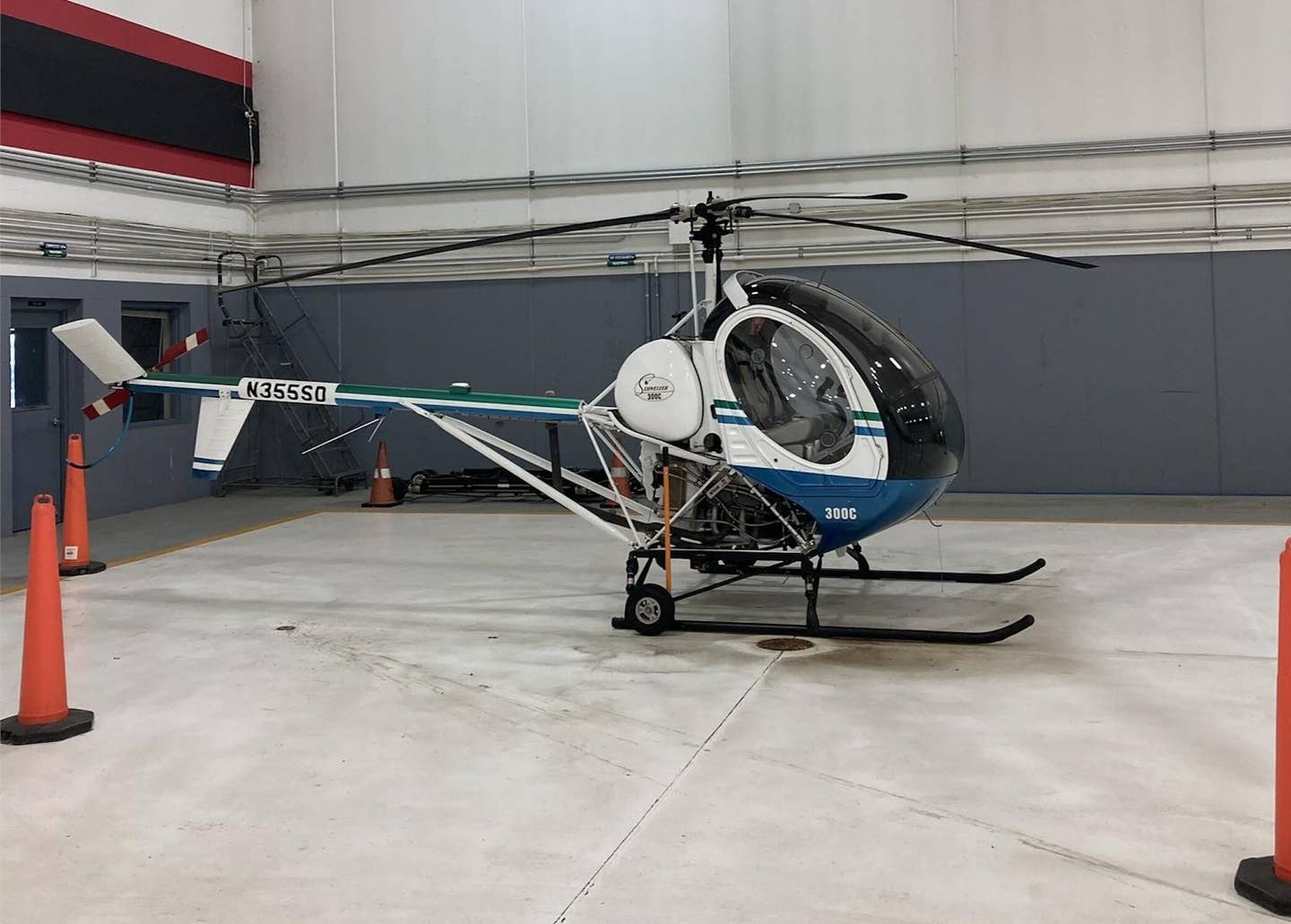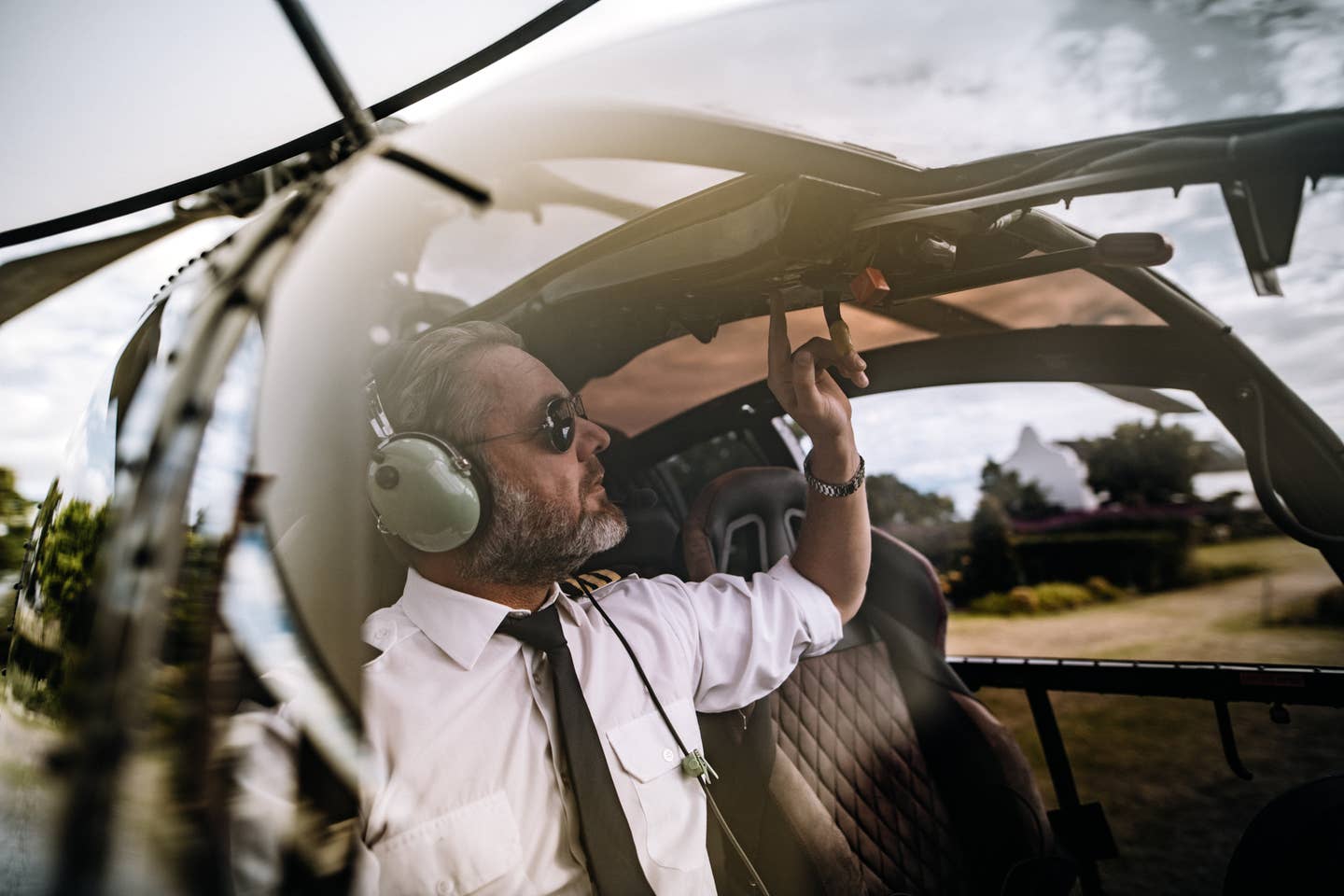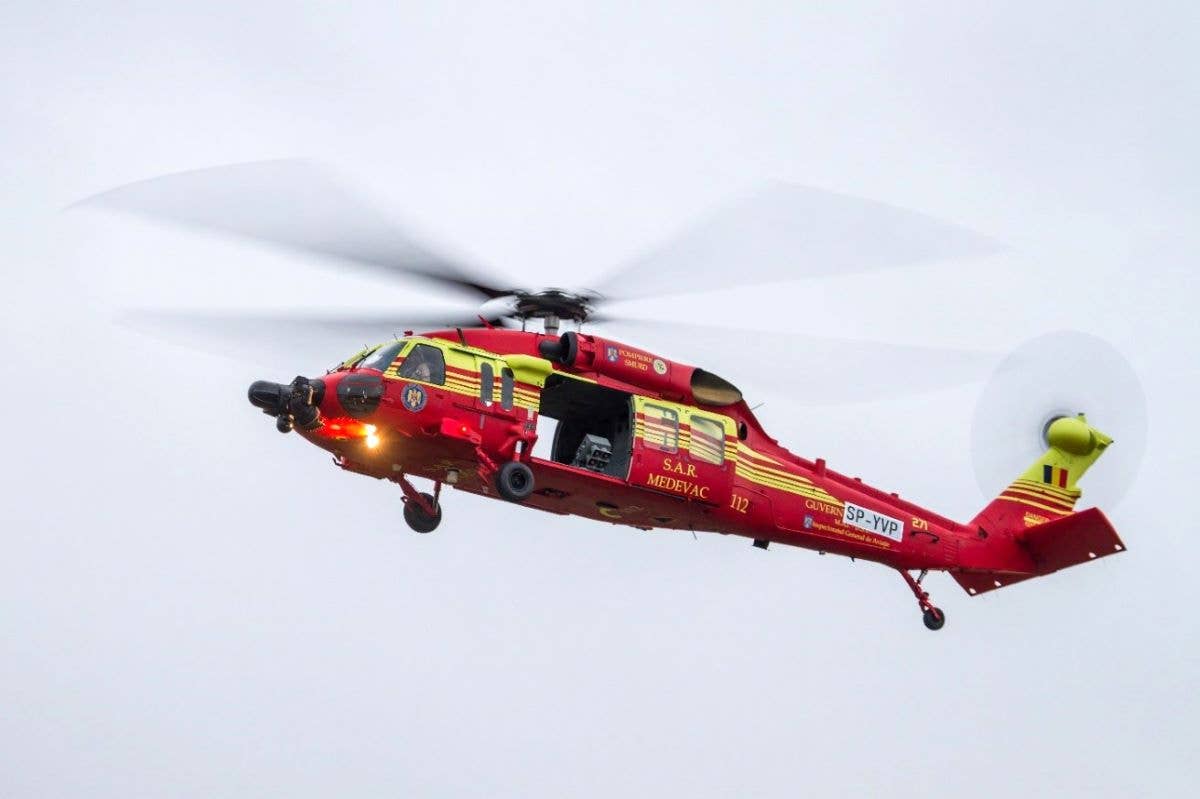
[Credit: iStock]
When you were a child, did you ever hear this from a parent: "Clean up your room, or I will clean it up for you!" This usually was not a good thing, as the parent method of 'cleaning up your room' is more scorched earth than Mary Poppins.
A similar situation exists in the aviation industry as commercial helicopter operators are crafting safety management systems (SMS) for their businesses before the FAA makes one for them.
In 2015, the FAA established the SMS requirements for Part 121 operators, giving them less than 40 months to develop and implement their own safety programs. According to the FAA, 100 percent compliance was achieved by 2018.
If you're not already a subscriber, what are you waiting for? Subscribe today to get the issue as soon as it is released in either Print or Digital formats.
Subscribe NowNow the FAA and National Transportation Safety Board are pressing for an expansion of SMS requirements for commercial helicopters operating under Parts 91 and 135.
Four Components, Three Questions
HAI identifies an SMS as a "formal approach to managing safety and risk, including organizational structures, accountabilities, policies, and procedures to identify and control risk.” The four components of SMS are safety policy, safety risk management, safety assurance, and safety promotion. When these four are combined, it results in a ‘safety culture.’
"The purpose of an SMS is risk mitigation," explains Chris Hill, senior director of safety for HAI, "and this begins with risk assessment and developing a safety culture." When a company is focused on the day-to-day operations, identifying risk can be a daunting task, says Hill, but "it comes down to three basic questions. We ask, 'What keeps you up at night?', 'What are you going to do about it?', and 'How do you know (your course of action) is working?'"
The ability to ask and answer these questions forms the foundation of SMS and the creation of a safety culture where employees feel empowered to speak up when they see a risk, he says, as this is far better than asking the question, 'Could this have been prevented?' after an accident or incident. "We ask, 'If you had to scribble down two or three things that you think would cause the next accident or incident that could hurt property or cause injury or worse, what would you predict the next accident could be?' This can be very informative for the leadership of an organization if they are willing to do that internal self-assessment," says Hill.
HAI Provides Guidance
Both safety culture and risk management are founding principles of HAI, which was established in 1948 as a means of bringing together industry leaders "within the helicopter community to develop, support and promote industry best practices through concentrated safety program participation."
Surveys done by HAI indicate some commercial helicopter operators have not adopted an SMS because there is no mandate to do so at this time, and therefore the decision-makers of the business don't see the benefit of spending the time and money to make it happen.
It can be a challenge to keep track of all these things, hence software options have been created and are available through providers vetted by HAI, some for as little as $50 a month, depending on the size of the business and the product selected. The SMS which include support packages are scalable to the size of the business.
Third-Party Involvement
Creating an effective SMS involves cooperation between the operator and a third party that will help the operator assess potential risks. Third-party oversight is crucial because it can be difficult to see the issues within a business as familiarity breeds complacency, or else the business can be driven by financial goals that can result in poor aeronautical decision making—such as pushing on in deteriorating weather.
Hill notes rotorcraft operations can be more chal-lenging than those involving fixed-wing aircraft be-cause although they share the same airspace, priority is often given to fixed-wing aircraft. Rotorcraft operators are often put at a lower altitude where they may not be able to get in touch with ATC, or because of the ability to land vertically, the pilots, pressured to do the flight, scud run.
"You don't want to be trapped into having to perform," he explains. "Just chasing the dime is not sustainable; there needs to be a strong push toward aeronautical decision making so that the pilots do not end up in these situations. The safety culture needs to be supported from the top down and the ground up.
An SMS Must Evolve
An SMS needs to address more than flight operations, says Tim Tucker, former chief CFI for Robinson Helicopters at Zamperini Field in Torrance, California. Robinson has been building civilian rotorcraft since the 1970s. The two-seat R22 rolled out of the factory in 1975 and soon, it and the four-place R44 became the backbone of the rotorcraft training fleet. "Our SMS continues to evolve and expand to take in the entire industrial facility and every department,” saysTucker. “For example we have 30 to 40 forklifts that move around and 40 or 50 big machine shops, and we're in the process of developing SMS for each department identifying the risks based on their activities."
The risks associated with flying are dependent on the mission, he continues. "We do production test flying, we do experimental test flying, we fly to take photos for marketing, we have ferry flights. The pilot's experience comes into play, as the two biggest risks are weather and aeronautical decision making."
Over the years, Tucker, because of his extensive experience as a helicopter pilot, has been involved in incident and accident investigations. Very often, he says, they can be attributed to a pilot's decision to fly into deteriorating weather when the pilot overestimates their abilities and skill.
"We see bad decision making—it is not the helicopter breaking or ATC, it's just decision making on the part of the pilot—you look back at the accident chain and just shake your head at some of the decisions that have been made," he says. "It's more than what caused it, it's what can be learned from it, and can we turn it into teaching points so it doesn't happen again."
Tucker is encouraged that the latest version of the airman certification standards for rotorcraft currently in development includes risk management for each task pilots are required to perform."This should help pilots develop risk assessment and management skills," he says.
HAI-Recommended SMS
The membership of HAI runs the gamut from one-ship-one-pilot operators to businesses with hundreds of aircraft and hundreds of employees, and as such, they have evaluated multiple SMS providers—15 in all—and selected four collaboration partners: Air Charter Safety Foundation, Aircraft Electronics Association, Baldwin Safety & Compliance, and WYVERN. Each one has software to ease the burden of assessing risk, tracking and resolving hazards, and verifying current and future regulatory compliance. For more information, visit safety@rotor.org.
This article was originally published in the March 2023 Issue 935 of FLYING.

Subscribe to Our Newsletter
Get the latest FLYING stories delivered directly to your inbox







